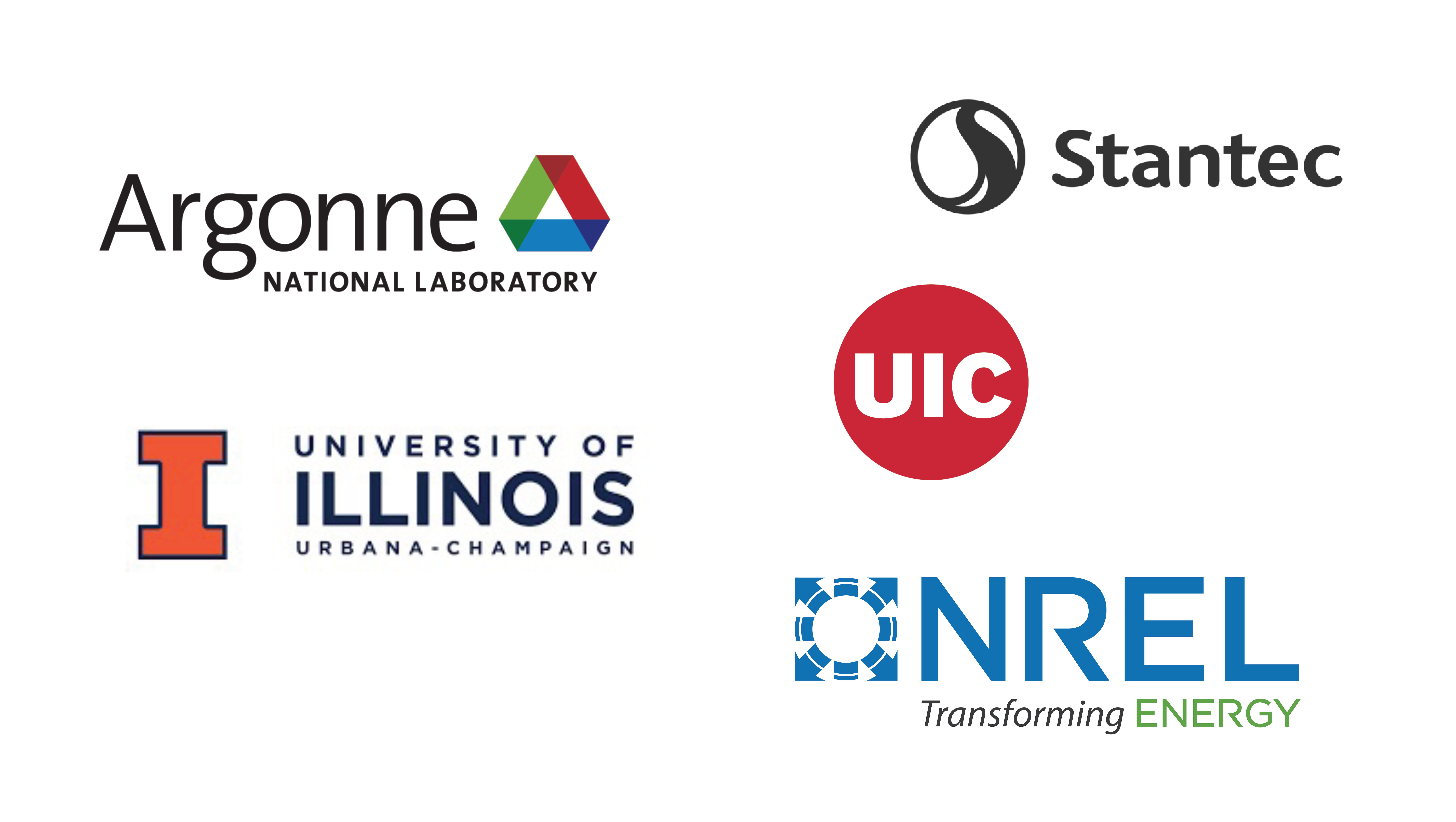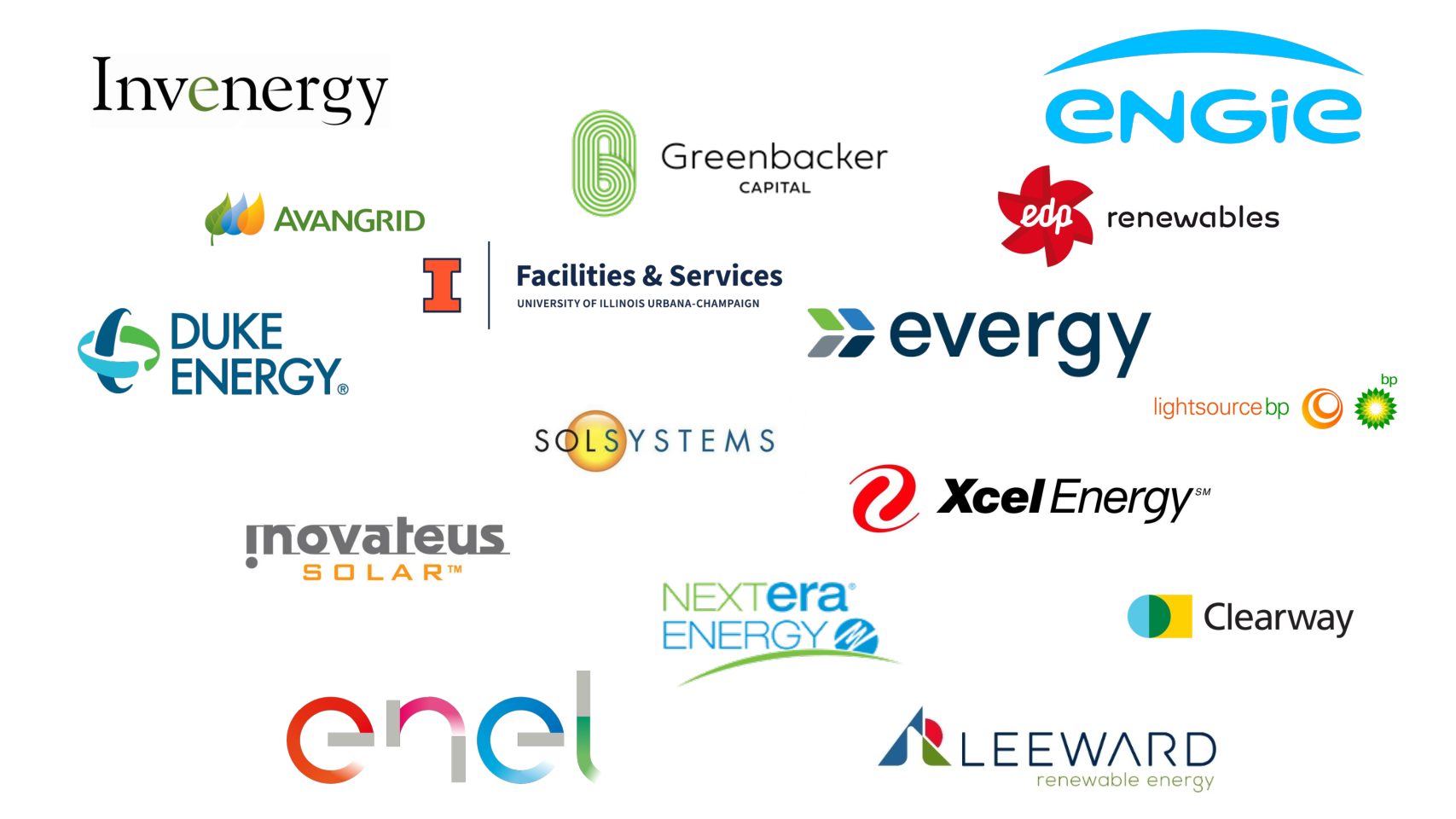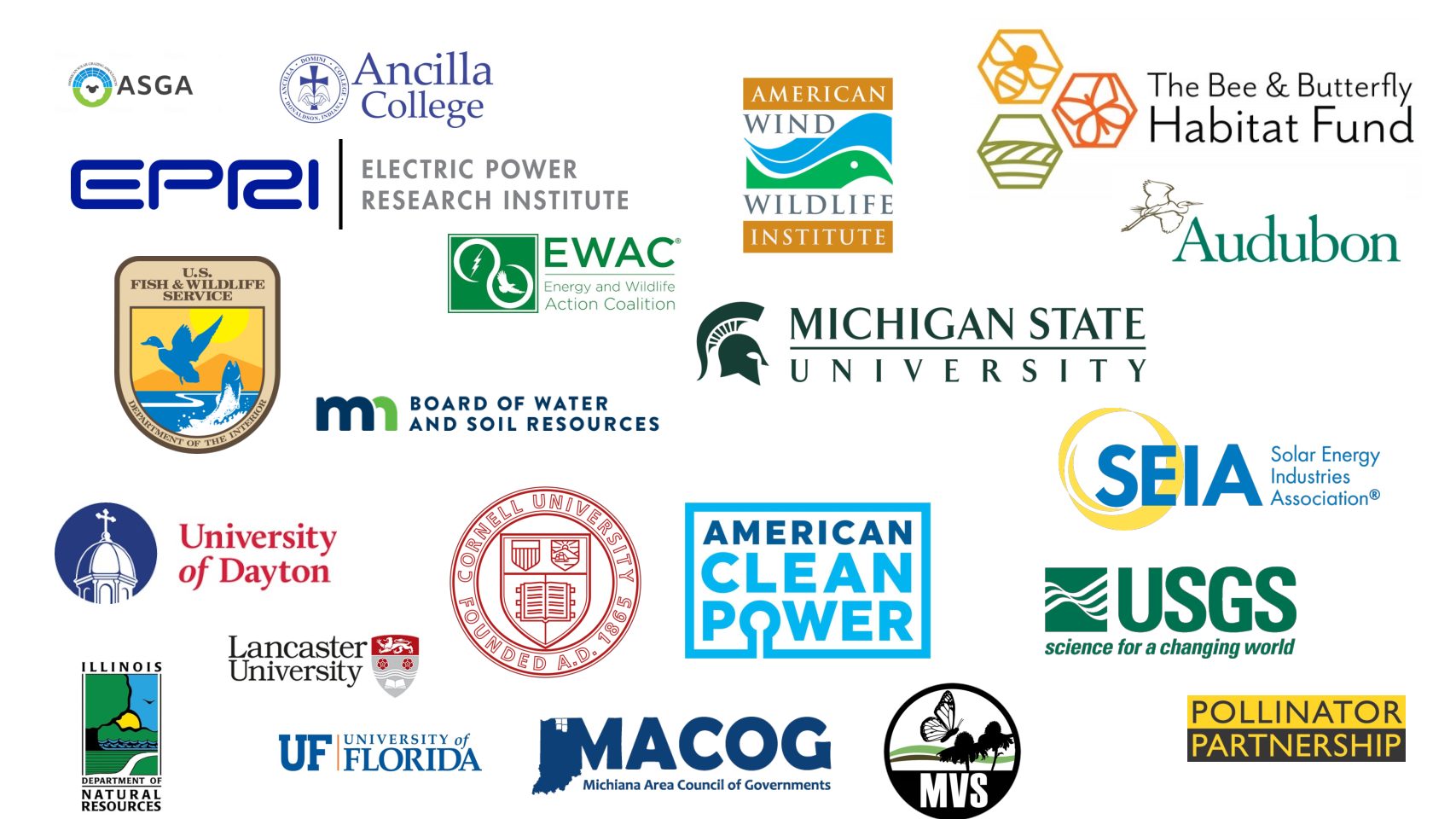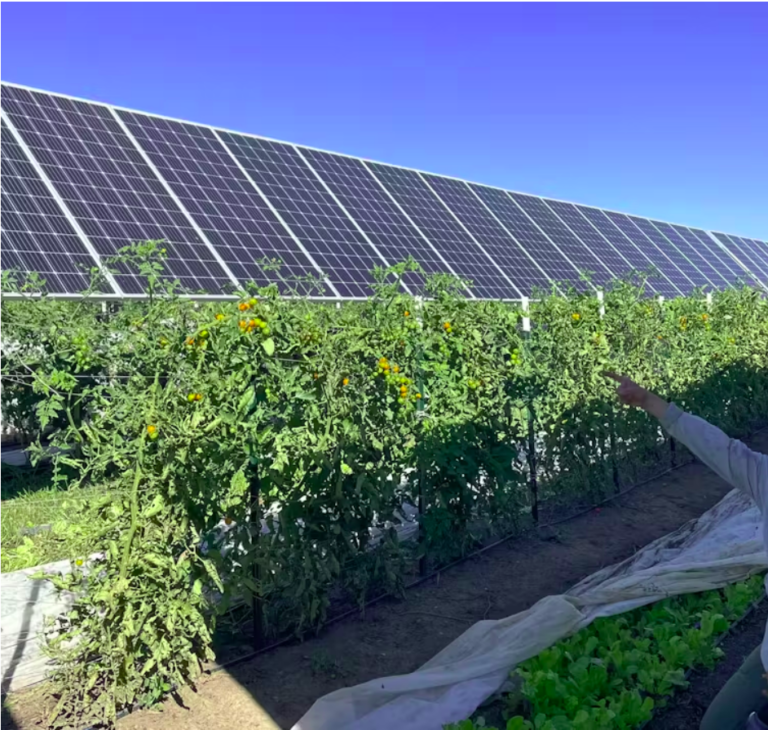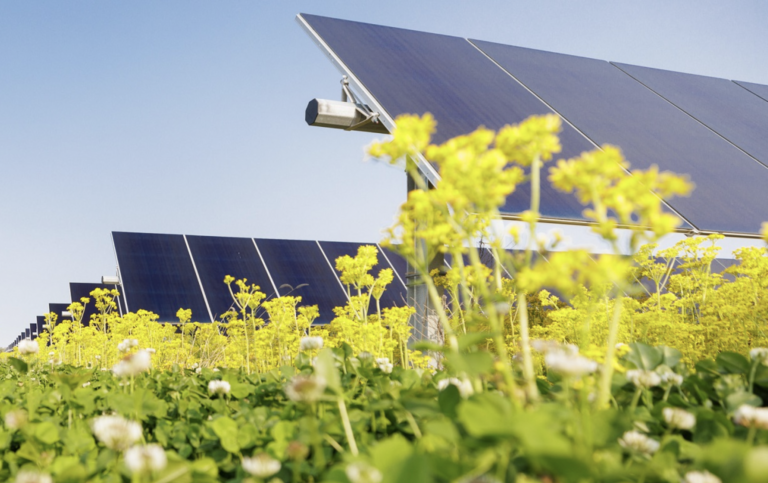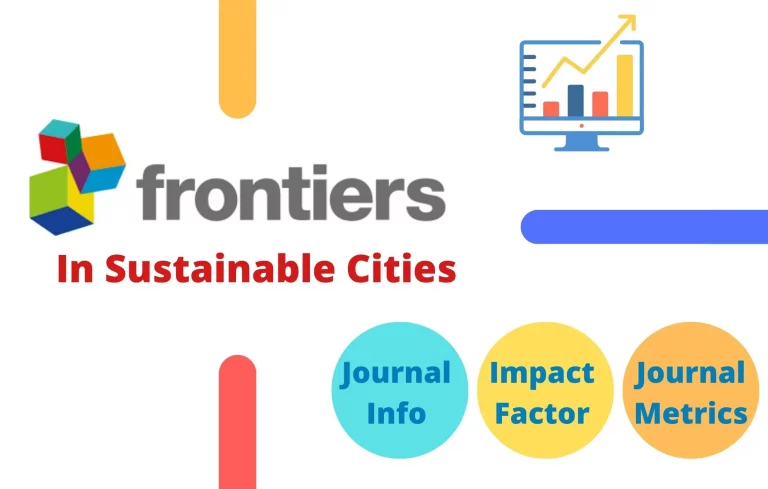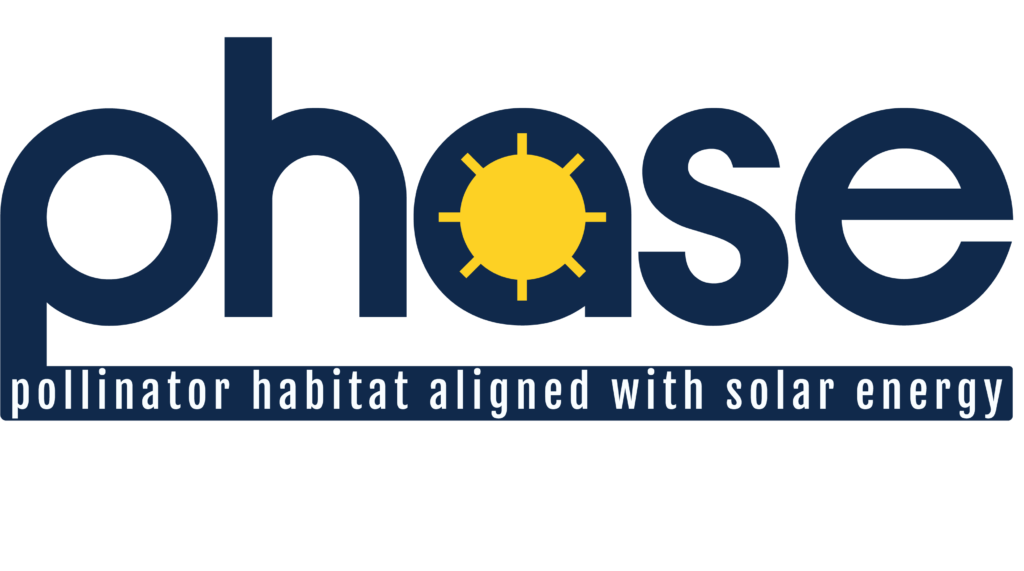
|
This four-year project, funded by the U.S. Department of Energy Solar Energy Technology Office, brings together leading researchers and large-scale solar developers to investigate the ecological and economic benefits as well as performance impacts of co-located pollinator plantings at large, utility-scale photovoltaic (PV) facilities. The project will:
|
 |
NEWS AND UPDATES
Solar power occupies a lot of space – here’s how to make it more ecologically beneficial to the land it sits on
Lightsource bp’s 152.5MW solar farm in Indiana helping reduce Verizon’s carbon footprint while contributing to leading pollinator habitat research
New Journal Article Published on Agrivoltaic Systems
A Special Thank You to All Our Project partners
